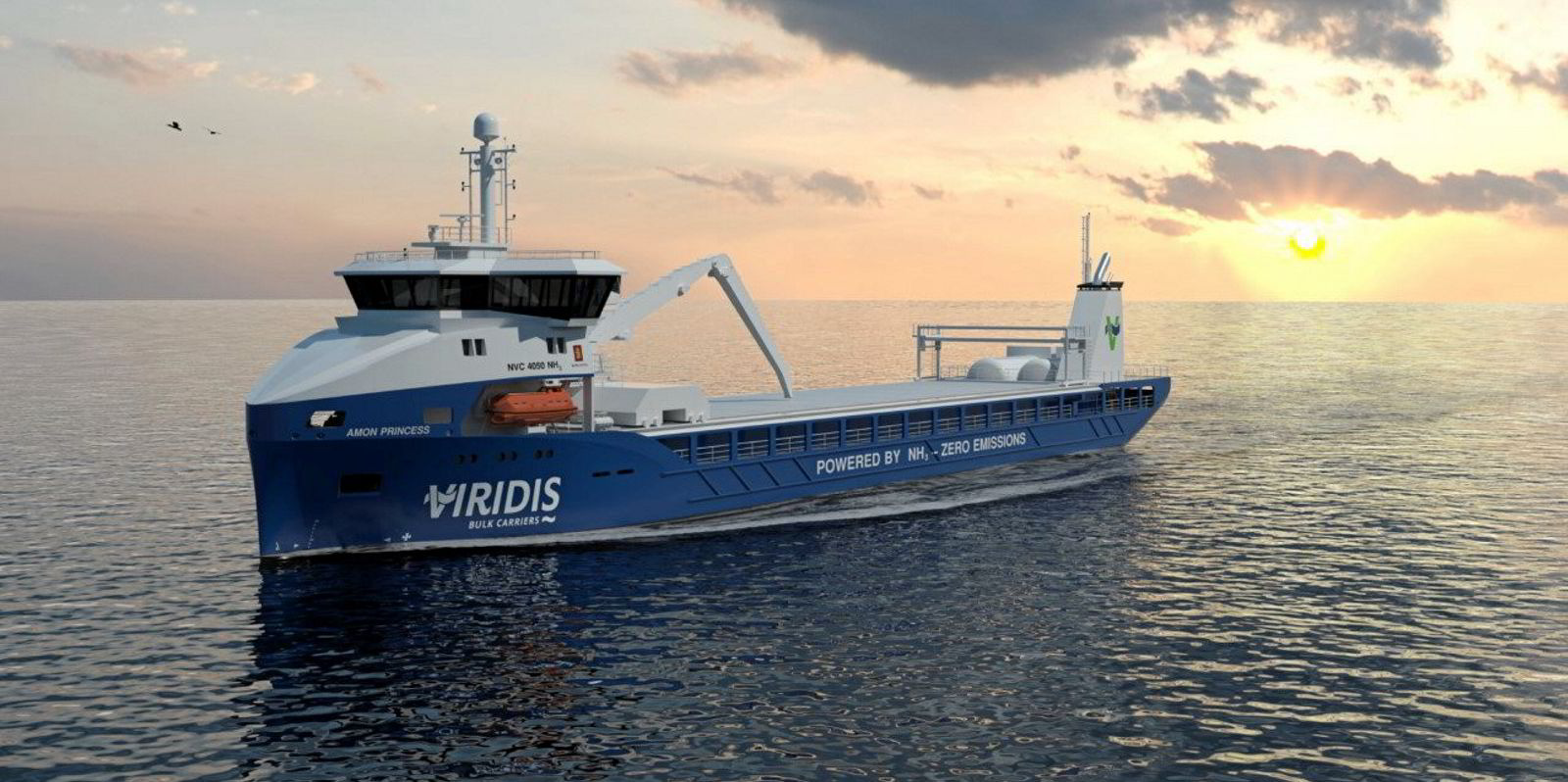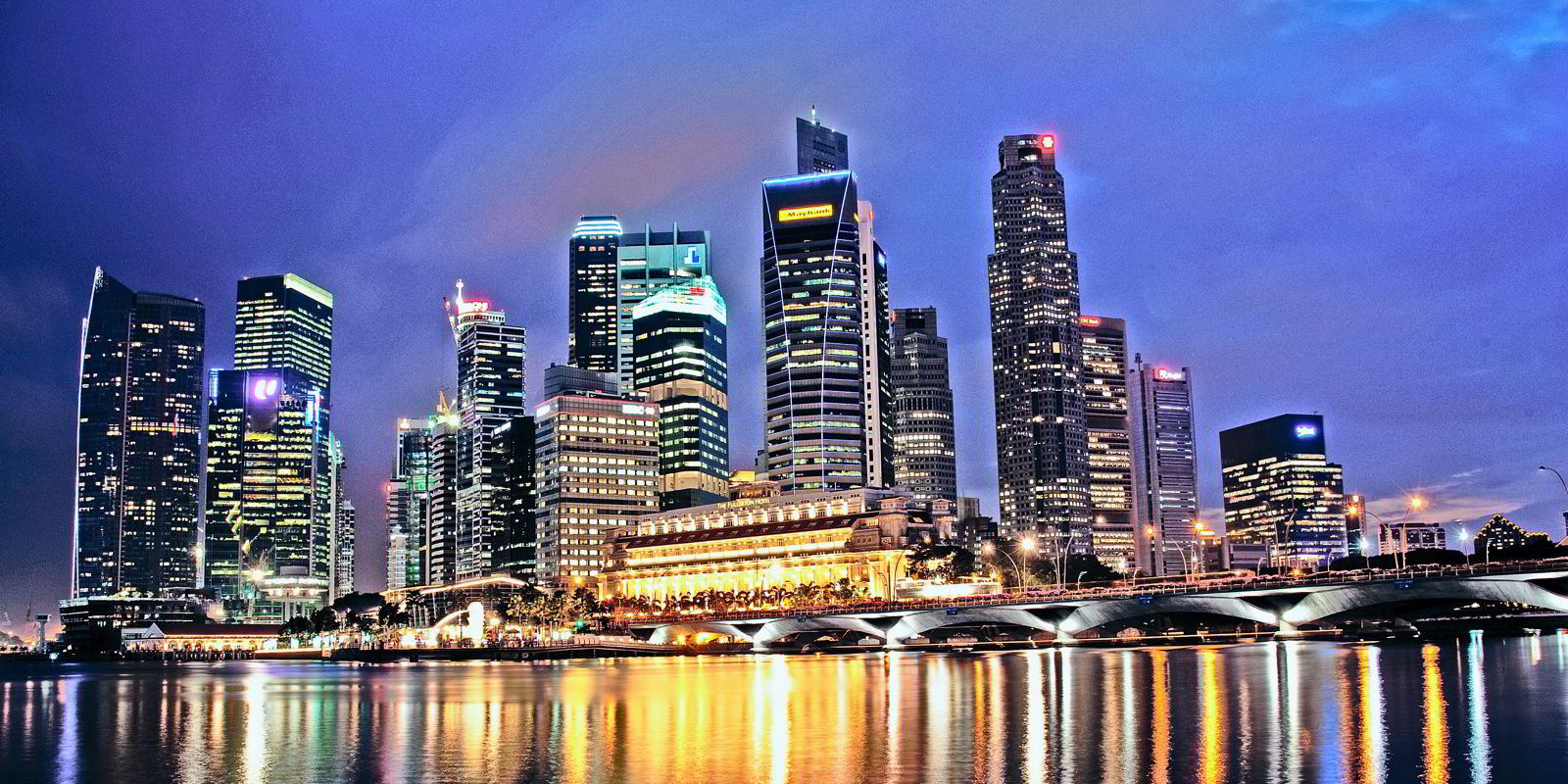The International Energy Agency (IEA) believes ammonia and hydrogen will be the main fuels in a zero-emissions scenario for shipping by 2050.
The agency said the two green fuels will account for 60% of the bunker market.
Ammonia alone will account for 45% of demand, the IEA added.
The supply of ammonia could be centred on major bunker ports, potentially at the expense of smaller ports, the agency foresees.
"The 20 largest ports in the world account for more than half of global cargo [in the net-zero emissions scenario]; they could become industrial hubs to produce hydrogen and ammonia for use in both chemical and refining industries, as well as for refuelling ships," the IEA said.
But cost will be an issue initially.
Classification society Korean Register of Shipping has estimated that new green ammonia plants will produce the fuel at between $650 and $850 per tonne.
After that, the cost is expected to drop back to between $400 and $600 per tonne, as larger plants are built from 2030.
By 2040, the price could be between $275 and $450 per tonne as consumption increases.
The Rotterdam price for very low-sulphur fuel oil was around $480 per tonne this week.
But taking into account the lower energy intensity of ammonia — about 2.3 times — the fuel will remain more expensive. The 2040 price will be 1.7 times more costly, TradeWinds is told.
Engines coming in 2024
Ammonia can power internal combustion engines and specialist propulsion systems are now being worked on.
The IEA expects these engines to come on the market in 2024.
Platts Analytics said in a February report that hydrogen will not figure so largely for vessels due to its low energy density.
Ammonia fares better on this measure, but cannot match diesel.
However, it may be that newly designed ships can compensate for this, the consultancy said.
The IEA believes biofuels will provide 20% of shipping power in 2050, while electricity use would be very minor, as batteries are suitable for short routes only.
Even if battery energy density rises 85% as solid state batteries become commercially available, the technology would still be limited to shortsea operations.
The agency warned getting to net-zero will be tough.
The IEA added that energy efficiency needs to improve 4% per year from 2030 for the goal to be realistic.
This is about three times the average over the last two decades, the agency calculated.
The IEA also put the total energy investment needed by 2030 at $5trn.





